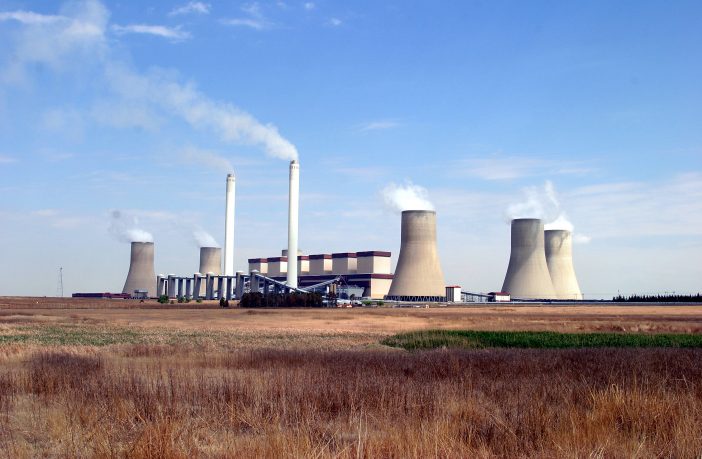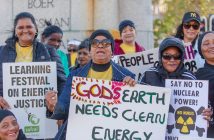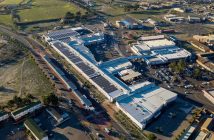- Eskom has initiated an auction process to unlock and make some of the land in its power stations available to private investors for renewable electricity generation.
- The availability of Eskom-owned land to near-ready projects will remove a significant barrier to investment, and go a long way to resolving the well documented power crisis in the country, which is faced with an urgent and critical need for additional generation capacity.
- The maximum amount of electricity generation capacity per project will be capped at 100MW, and the lease will be for a minimum period of 20 years.
The land will be available for lease in a competitive bidding process, initially in Mpumalanga province, and will be offered to the private sector for purposes of generating electricity from renewable technologies for own consumption or for sale to third parties. Mpumalanga has by far the most coal-fired plants with established Transmission and Distribution infrastructure.
“The bidding criteria will favour generators for size and speed of delivery – thus quickest delivery of the most megawatts to the grid in order to help relieve the constraints on the power system,” says Eskom Group Chief Executive, André de Ruyter. “The leasing of land would have to be made subject to production being achieved by a contracted date,” added De Ruyter.
The maximum amount of electricity generation capacity per project will be capped at 100MW, and the lease will be for a minimum period of 20 years. Eskom will provide connection up to the nearest network connection point. In terms of the scheme, the land will remain the property of Eskom for the duration of the lease.
Lending additional support to the rapid and urgent addition of generating capacity is the amendment to Schedule 2 of the Electricity Regulation Act of 2006, gazetted by the Department of Mineral Resources and Energy in August 2021. The amendment allows generators to wheel electricity through the transmission grid, subject to wheeling charges and connection agreements with the relevant transmission or distribution licence holders.
The amendment also presents Eskom with opportunities to sell or lease its properties close to its existing power stations, with established grid infrastructure, to the private sector, enabling the development of renewable plants up to 100MW, in support of President Ramaphosa’s call for “an ambitious, bold and urgent response to the energy crisis”.
This project is in line with the President’s directive for South Africa to take bold steps for it to emerge from the electricity constraints as soon as possible. “Our ability to address the energy crisis swiftly and comprehensively will determine the pace of our economic recovery,” said President Ramaphosa when introducing the amendment to Section 2 of the Electricity Regulation Act in June 2021. “Resolving the energy supply shortfall and reducing the risk of load shedding is our single most important objective in reviving economic growth,” said the President.
This urgent directive to address the energy crisis has also found expression in the Medium-Term Budget Statement (MTBS). “Our first and immediate task, in this regard, must be to ensure stable energy supply, reduce the risk of loadshedding and accelerate the transition to renewable energy sources,” said Finance Minister Enoch Godongwana in the MTBS.
Renewable energy is the least cost option for new generating capacity as demonstrated by the REIPP window 5 bid prices. However, the Transmission Development Plan confirms that areas with the best solar and wind resources have limited capacity to accommodate additional generating capacity. Therefore, until the transmission backbone is strengthened in areas like the Northern, Western and Eastern Cape provinces, opportunities for additional generating capacity in other provinces need to be explored.
“As Eskom retires its aged coal-fired generation plants, this presents an opportunity to transition towards cleaner sources of electricity generation whilst benefitting from the continued use of the existing Transmission and Distribution line infrastructure. This allows Eskom to utilise the significant portfolio of land it owns across the Mpumalanga province to facilitate the creation of additional generation capacity at minimal cost while removing a significant barrier to investment for the private sector,” said De Ruyter.
The initiative also helps to support the Just Energy Transition (JET) through the creation of new economic activity and jobs, specifically in the Mpumalanga region where several coal power stations are due to be shut down.
Author: Bryan Groenendaal











